
Khajuraho
From looking at the map, the short hop from Orchha to Khajuraho should be very straightforward but it isn’t. There are few trains and no direct buses. The guy at the hotel said the best bet was the 7.30am train. Not totally surprising but I got to the train station in plenty of time to find it deserted. Even at 7.30 there were only a few hopeful travellers looking wistfully up the railway line. At 8.30, I managed to buy a ticket but the station manager wasn’t sure when the train would arrive. As it happens it came by at 9.15. I got chatting to a fellow passenger and it was just as well, as he told me we had to get off at a later station and then go to one of the end carriages as the train split in half! Just as well I’d met this bloke as who knows where I would have ended up.
Anyway, we arrived safe and sound and got a rickshaw into town to my hotel, the Hotel Casa di William in time for lunch. They even had a menu and it had fish curry – just what I was after. “Sorry”, the waiter told me, “no meat or fish available this week, it’s the Shiva festival”. So I had to settle for yet another veggie thali. I knew the International Dance Festival was on but I didn’t know about the Shiva festival. Town was certainly busy but I thought that was the norm and so I couldn’t be sure whether the people were just tourists like me for the world heritage site temples, devotees for the Shiva festival, or they were here for the dance festival.



Anyway, I was here for the temples so they’re what I went to see first. More detailed information can be found on the web but briefly the Khajuraho temples were built between 950 and 1050AD by the kings of the Chandela dynasty. Even when they were building the temples Khajuraho was only a small village and when the dynasty fell, the temples lay forgotten for many centuries only to be rediscovered in the early 19th century.
Khajuraho town is quite small and my hotel was pretty much near the centre so it was just a 5 minute walk to the main ticket office for the main group of temples – the so called Western Group. As they were one of the most famous world Heritage sites in India, I had decided to get up pretty early before most of the tourists and at 9 am it was actually very quiet. I paid my 500Rs entrance fee and in I went.
Although right in town the temples are fenced off in a large well tended garden. Of the original 85 temples there are only 22 left and of these about 6 or 7 form the Western Group. These are supposed to be the best preserved and most striking. I have to say right from the get-go I wasn’t overly impressed. Maybe I was expecting too much or maybe because they were a bit too perfect. They had obviously been extensively renovated and they felt a bit ‘dead’ to me. Maybe because they were temples in the past but were now just there for tourists.
There is no denying that the sculptures which adorned the temples were superb, whether they were highly gymnastic orgies, for which Khajuraho is famous, or a battle scene or simply a maiden looking at herself in a mirror.









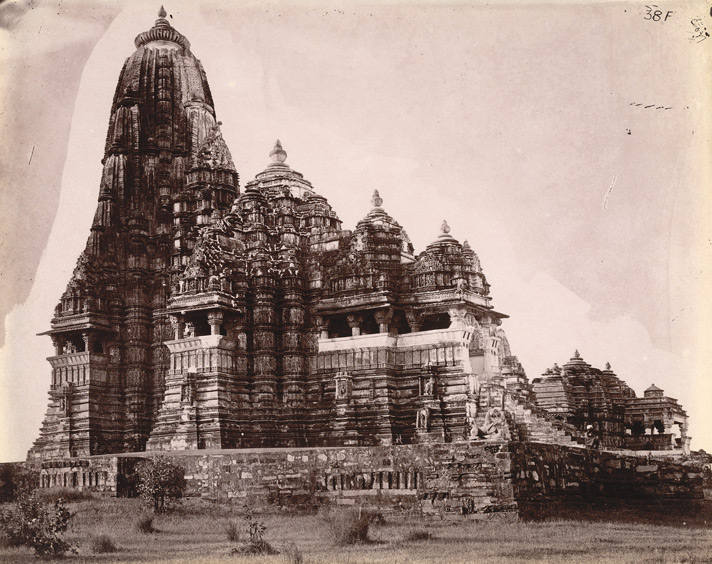
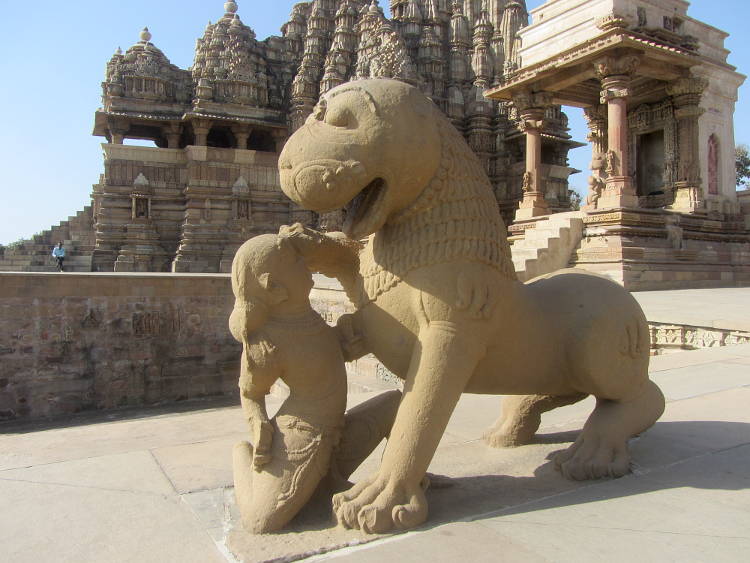





More old photos of the Khajuraho temples can be found at the British library site
And more recent photos here
As I was wandering around the perfectly manicured gardens, what attracted my attention more than anything was what was happening just on the other side of the barbed wire fence. Here was a very similar temple but rather than crawling with tourists, it was crawling with religious devotees going in and out with offerings, the whole scene swathed in smoke and incense.
In fact, I had accidentally discovered the main venue for the Shiva festival which was the Matangesvara temple, the only temple which was still an active place of worship. This was more my scene so I left the manicured gardens and headed there. It was then that I noticed all the stalls along the main road were selling the offerings for people to take to the temple. And then I was right in amongst the hordes.
I was the only tourist but there were scores of people lining up to enter the temple, people consulting holy men, maybe having their fortunes told, brides and grooms also consulting holy men and groups just milling about soaking in the atmosphere. Round the back at the tank there was also plenty of ritual bathing going on.









Not far from the temples was an open area and here they had a fairground, lots more stalls selling food and kitchen utensils amongst many other things. One stall that was doing brisk business was a photography stall which was quite interesting.
Of course nowadays everyone had a mobile phone to take pictures but here was a place you could get a good old fashioned physical photograph. There were also quite a few funfair rides bringing me back to my youth – waltzers, carousels and big wheels and even a wall of death. Are there any travelling fairs in the UK anymore or has Health and Safety shut them all down now? Having said that despite lots of come-ons from the lads operating the rides, I wasn’t going to take any chances.
One evening, after the funfair I walked to the other end of town and the Khajuraho International Dance Festival. This was much more upmarket. There were also stalls here but more handicrafts. There was also a puppet show which was a bit of fun and a marquee displaying lots of costumes presumably which were featured in the live shows. When it came to the dancers, there were groups on during the day, I saw an interesting troupe from Bangladesh, but each night of the festival the ‘star’ acts performed on the big stage with the backdrop of the famous temples.




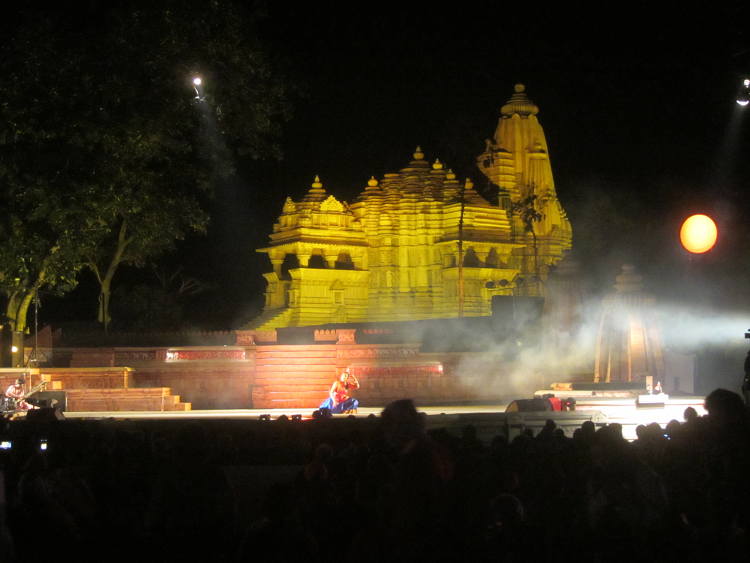
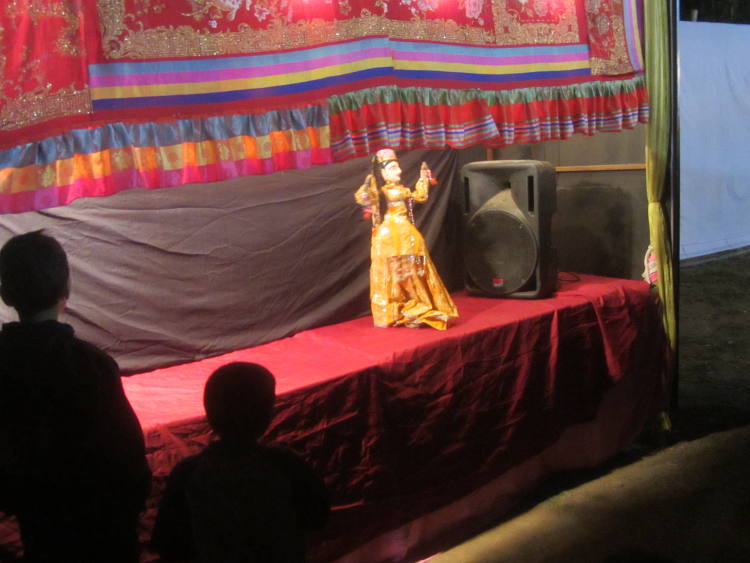
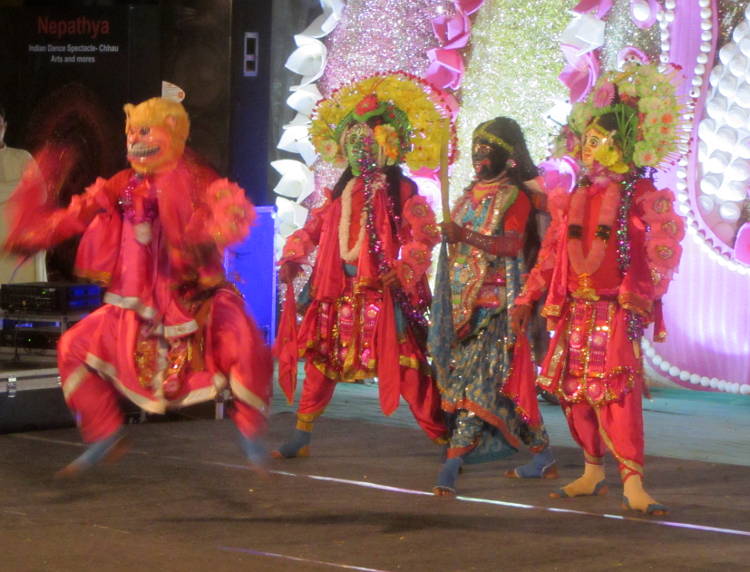
In addition to the Western group of temples, there were other temples spread over the town but still in walking distance. The Eastern group is the next best known and contains the Jain temples. Another couple of temples can be found on the other side of the so-called Old Village. I think I enjoyed these more as they were a bit more isolated and in more natural settings. The old village was quite interesting, I was warned by the guidebook that I would be pestered by local kids but actually it was a minor highlight. The narrow lanes were lined with old whitewashed houses, many with their own small shrines attached – no doubt with a few images purloined from the grander temples.
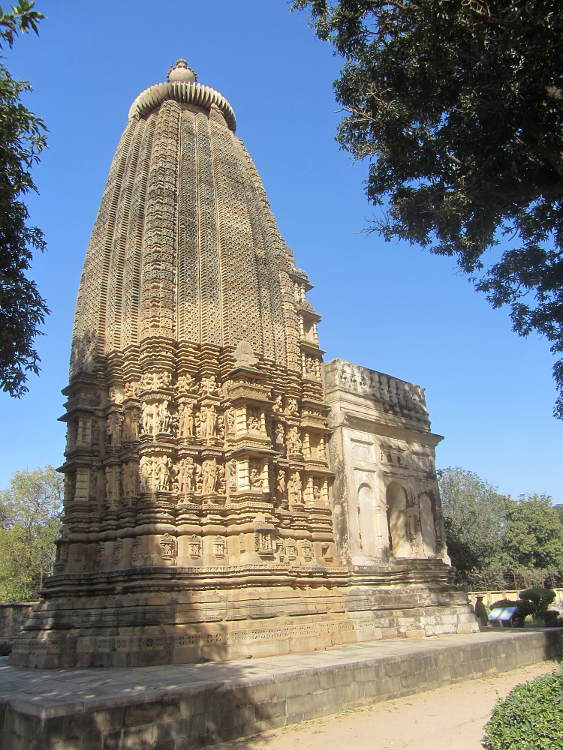
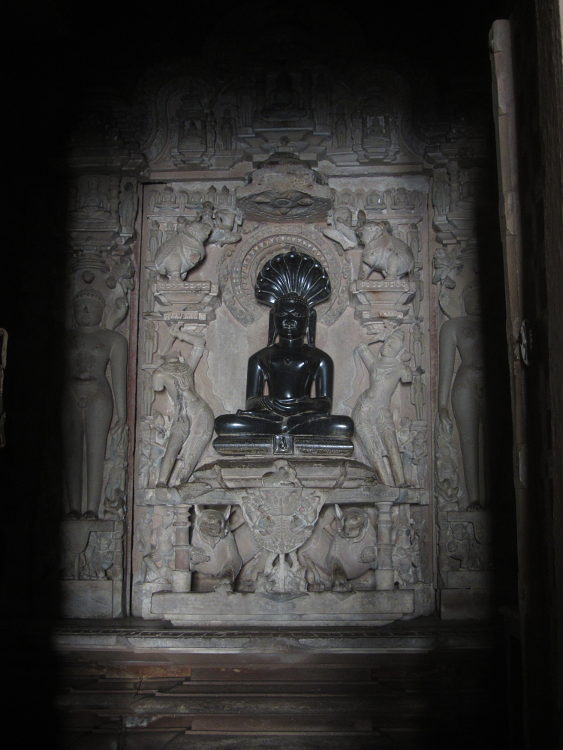


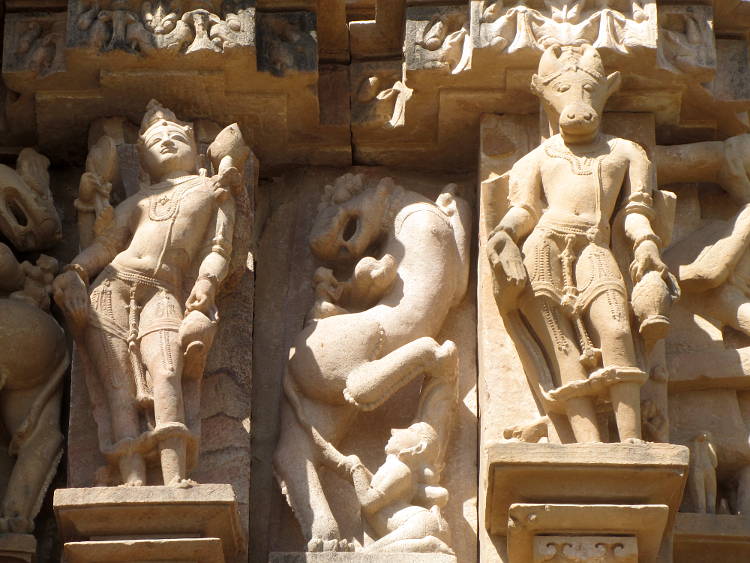
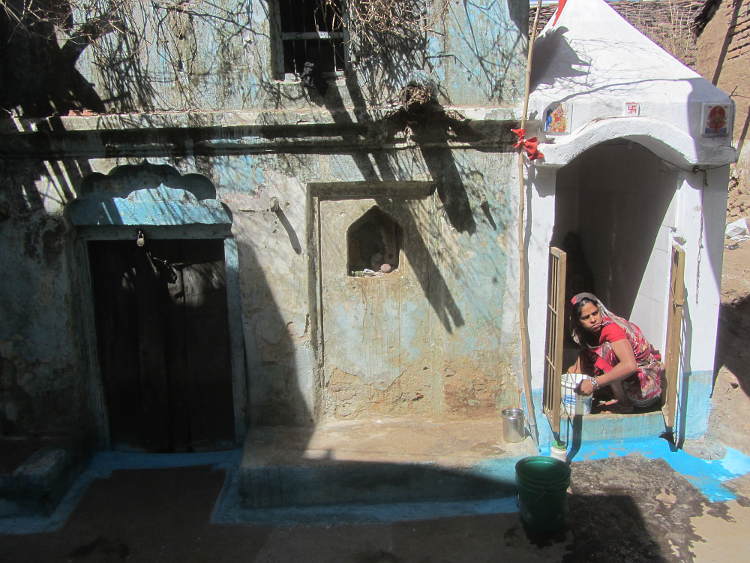


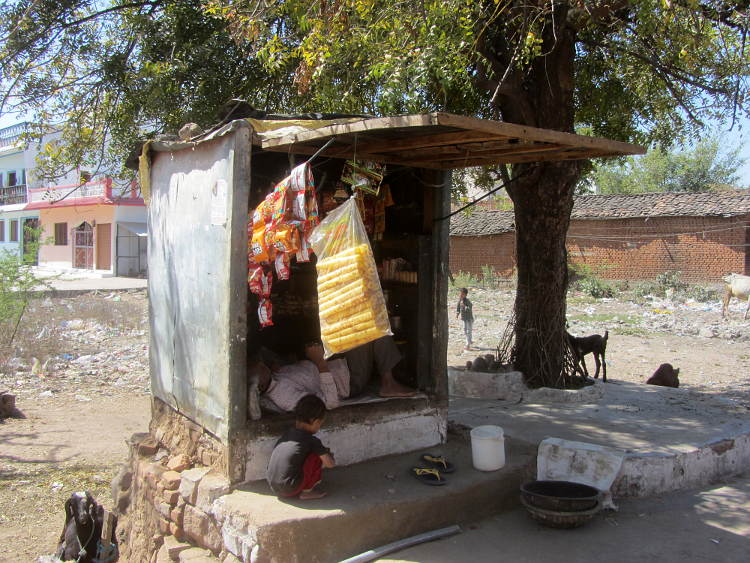
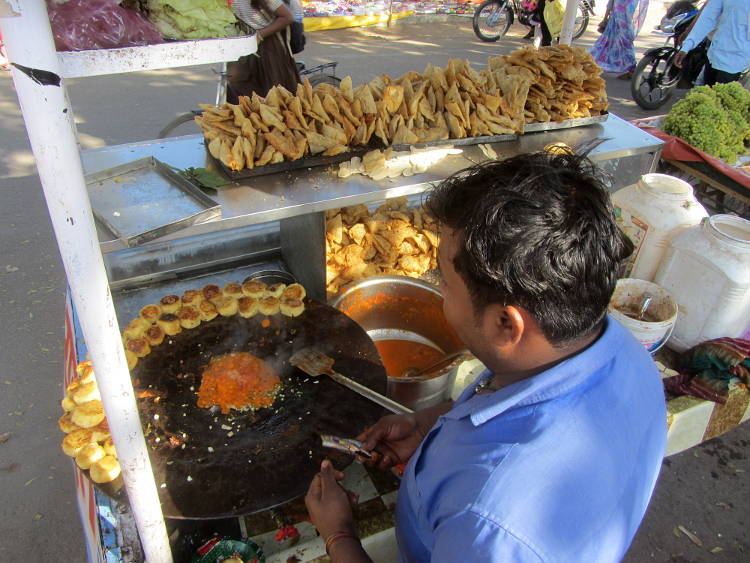
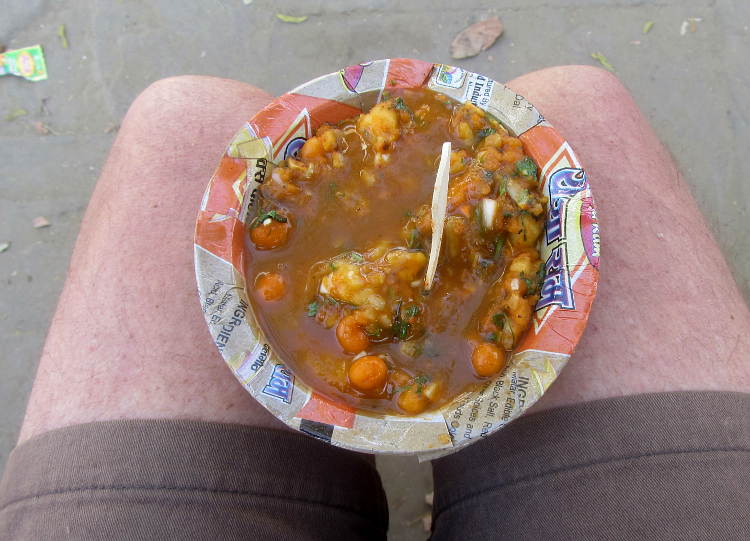
Oh, and by the way, although my hotel wasn’t offering meat, the most popular restaurant in town (certainly with foreign tourists) Raja’s Cafe, was. And I am a little embarrassed to say that it provided one of the best meals I had in India – a chicken burger and chips!
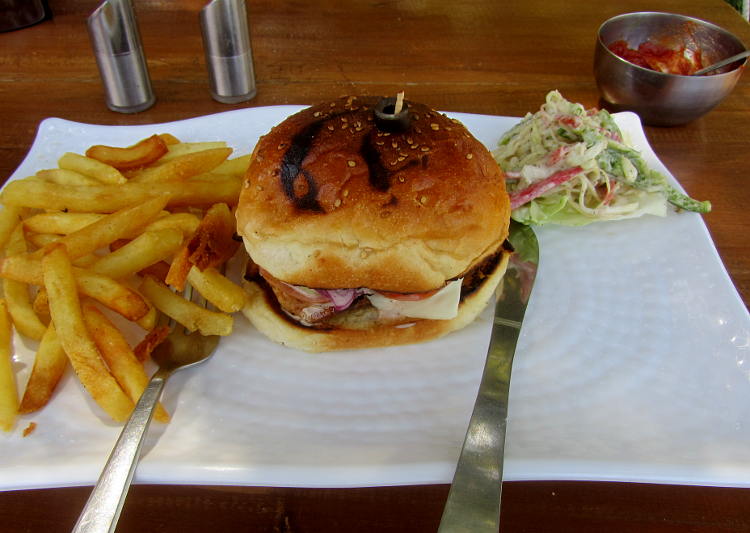
More photos from my trip to Khajuraho
Map of the journey: